How to taste coffee? What are the common sensory misunderstandings?
Today's content is relatively short, but very important!
The main sensory part of coffee: flavor-taste, the flavor is reflected in the sense of smell in front of the nose, the sense of smell in the back of the nose; the taste is sour, sweet, bitter and salty, liquid weight.
Sensory coffee secondary part: vision & hearing, including coffee color, cup, discussion, music and so on.
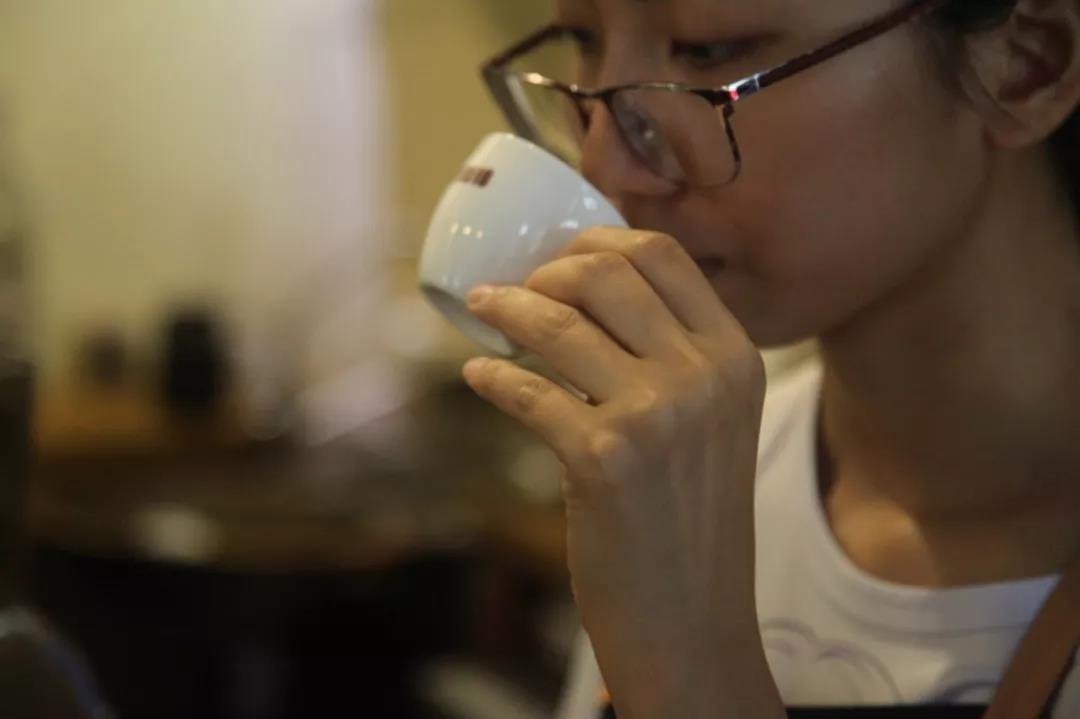
This article focuses on the main parts.
* the importance of senses *
1 | quality control
There is no doubt that coffee is a drink, aroma and taste is the most intuitive evaluation criteria, as coffee practitioners, good senses can help us understand the quality of the coffee in front of us. The senses are the standard of our judgment when baking and cup testing.
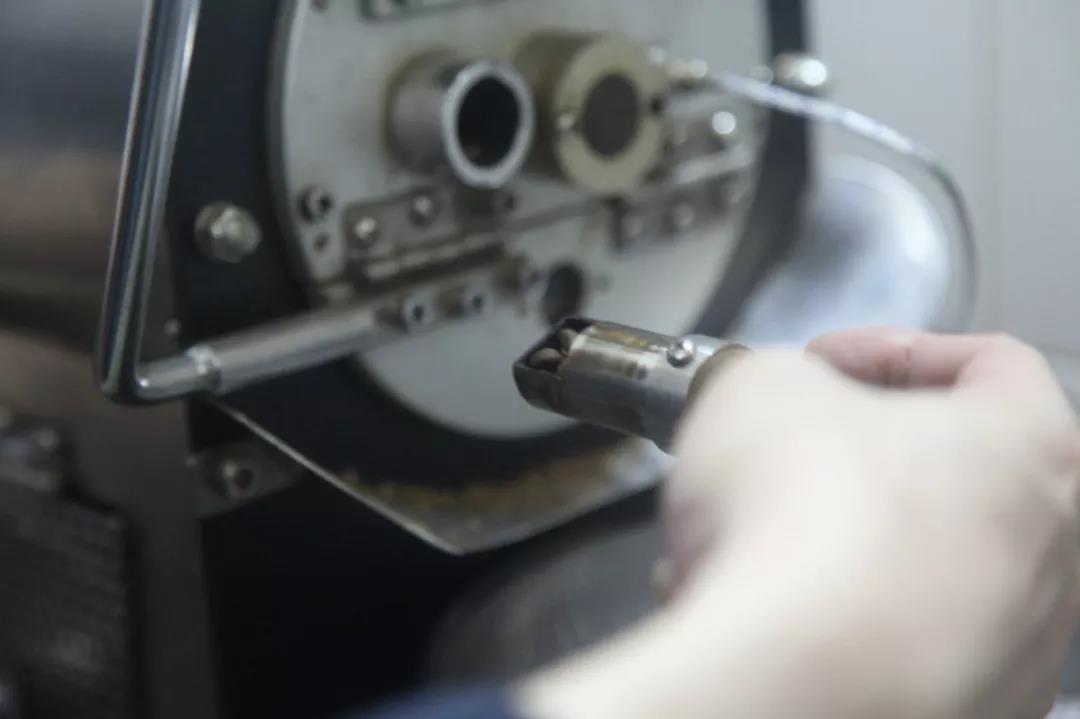
2 | Communication
Communication is divided into two parts, the first is industry communication, that is, cup testing and coffee quality identification exchange. A unified sensory standard is an important tool for practitioners to have a "common language", because everyone's life experience and daily contact with things are different, and the flavor of the same coffee is maple syrup for An and roasted sweet potatoes for B. therefore, through sensory training and correction, we can have a consensus on the same flavor, thus confirming their expressions.
The second part is the communication with customers, which is very important for daily product introduction! As a sensory guide, consider the guest's acceptance of the flavor from a professional point of view, when the guest asks, "how about this?" Avoid answering: "well, it's fine!" Or, "I think it's okay", "this is good, there are a lot of people drinking", if you have such a barista at your bar, please give him ten cups of concentrate!
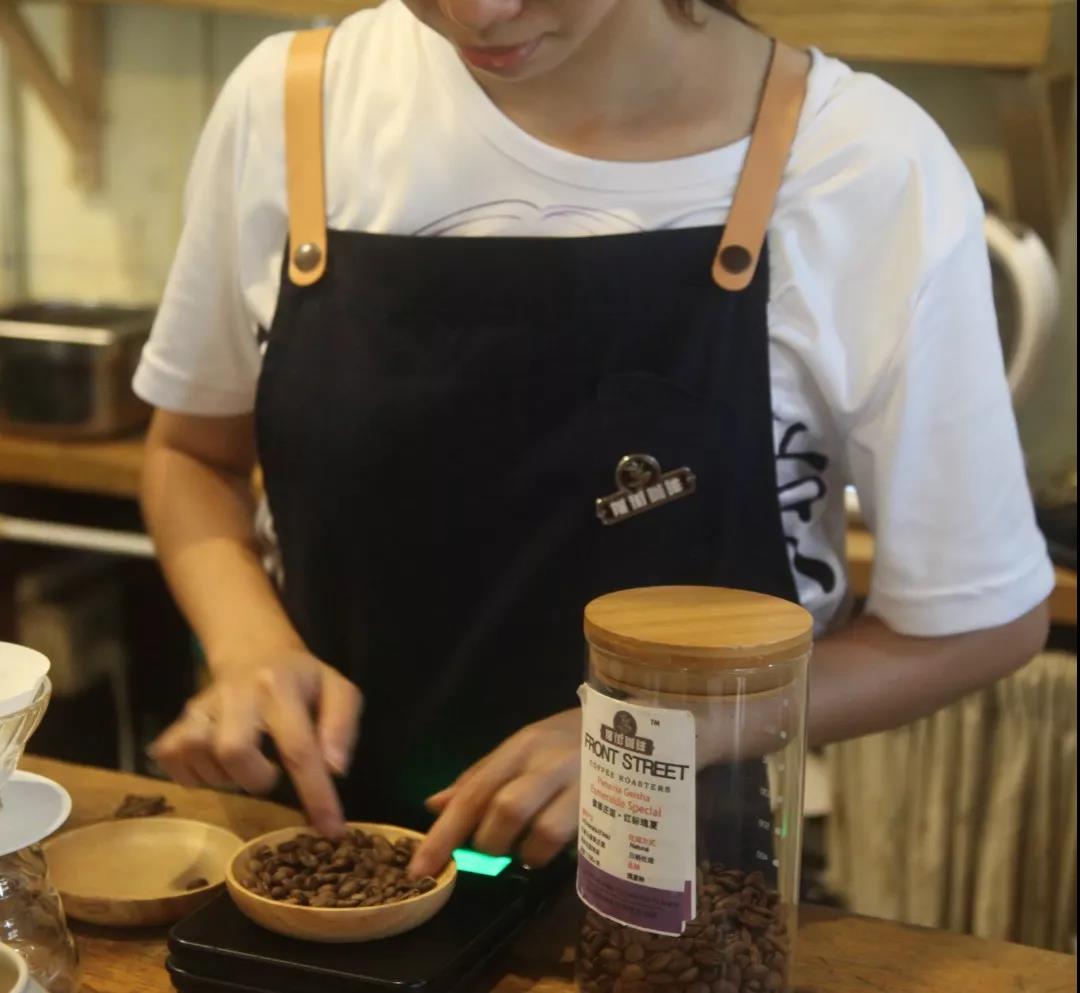
The right thing to do is to introduce and guide "correctly". First of all, you need to have the right senses. The second is your "grammar", which may be "sour" and "bitter" for you to express that the taste of this coffee is more focused on that side, but sour and bitter may not be a good experience for guests: personal experience may imagine sour and bitter as vinegar and herbal tea. This is unacceptable to most people, let alone in my coffee. So please use a more standard expression in the introduction to reduce unnecessary misunderstandings and embarrassment.
* Common sensory misunderstandings *
| 1 | mistook tobacco taste and astringent feeling for "dryness"
The so-called "dryness" generally refers to the scorched taste of coffee that appears within 24 hours of roasting, and mainly appears in coffee with a shallow roasting degree and incomplete roasting development. this flavor will disappear after "raising beans", and the coffee will taste more round and smooth.
However, if the smoke and astringency caused by insufficient baking smoking and insufficient roasting temperature, the dryness from the root of the tongue to the throat after swallowing the coffee is a roasting flaw, and such coffee will still have a rough taste even after several days of bean cultivation.
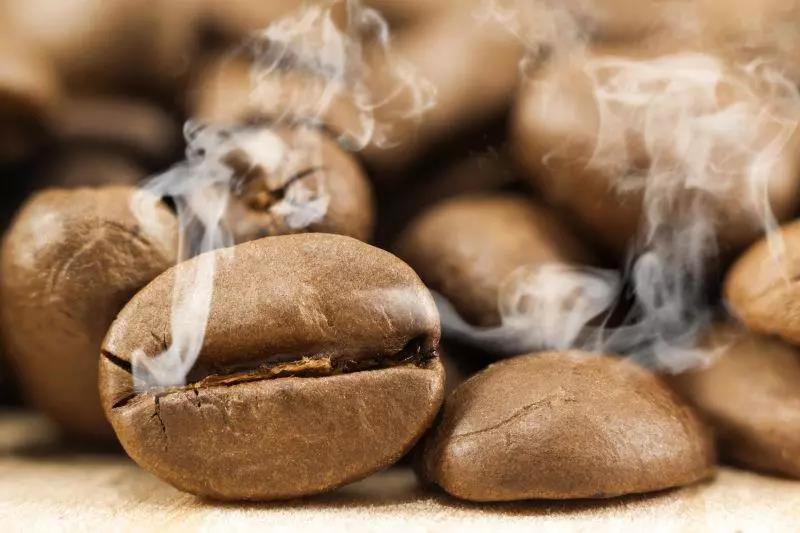
| 2 | mistook low flavor / taste for high grade |
For some reason, some bakers now like to bake very shallow, or deliberately extend the development time but the temperature is not enough, resulting in two fatal baking defects-entrapment and baking. The smell of grass and baked bread produced by entrapment, as well as the sour caused by insufficient degradation of chlorogenic acid, years of misguided sensory guidance has created an illusion that "this is right." not only do many practitioners themselves do not realize this problem, but also mislead newcomers and customers, which is the so-called "a lie told a thousand times becomes the truth."

Let's change the subject.
At the request of a fan, write a little discussion on baking as shown in the picture (it doesn't matter if you don't understand it), while the undeveloped flavor of roasting is characterized by the mixed flavor of cereals and vegetable starch, which is very similar to the taste of green beans in Coffee nose No. 3 bottle. This is usually due to the unbaked inside of the coffee beans. There are two causes of baking: the lack of temperature rise before explosion leads to low temperature baking for a long time, which will be reflected in the return temperature, which is usually too slow, showing a smooth curve after recovery; the second reason is that too much fire after the explosion leads to the development of low temperature rise, which is directly manifested by the discontinuous sound of explosion and intensive thinking about whether to enter or not.
3 | confused senses
As mentioned above, describe maple syrup as roasted sweet potatoes, white beans as roasted melon seeds, wood as flowers, and berries as tomatoes. Some of these are due to the accumulation of life experience and the lack of systematic sensory training correction, and some are caused by the long-term mistaking of the wrong taste experience for correct.
4 | hearsay
This is the misunderstanding caused by the second and third points above, because some people do not have the correct senses, and the people next to them will cause incorrect correction and audio-visual confusion because they are unable to accurately judge and analysis. this is why standard cup testing occasions must be discussed quietly and rigorously, because once the information is received, people's thinking can easily be guided to a specific direction and affect the judgment.
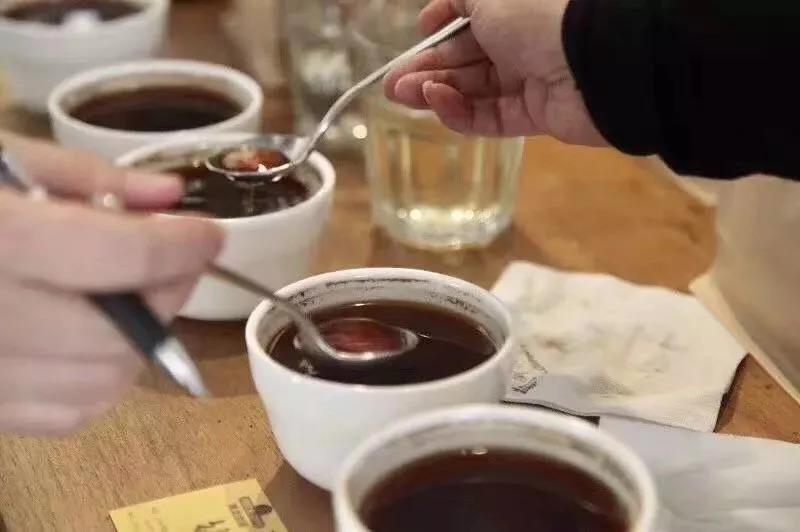
* how to improve the senses *
The following is just the editor's personal opinion. I hope you can correct some mistakes and make progress together.
1 | smell fragrance bottle & fruit & daily
It is good to buy scented incense bottle conditionally, because it is the preferred tool for "common language". But to achieve the same effect, eating fruit is also a good choice, and paying more attention to the taste around you in daily life can better accumulate sensory memory, but what the editor wants to say is that analysis should be included in our training. For example, when eating apples, we can analyze its sour taste, its aroma, its taste, although it is very tired, and eating for training goes against our purpose of "nutrient intake", but after insisting, we will find that your senses will be greatly improved.
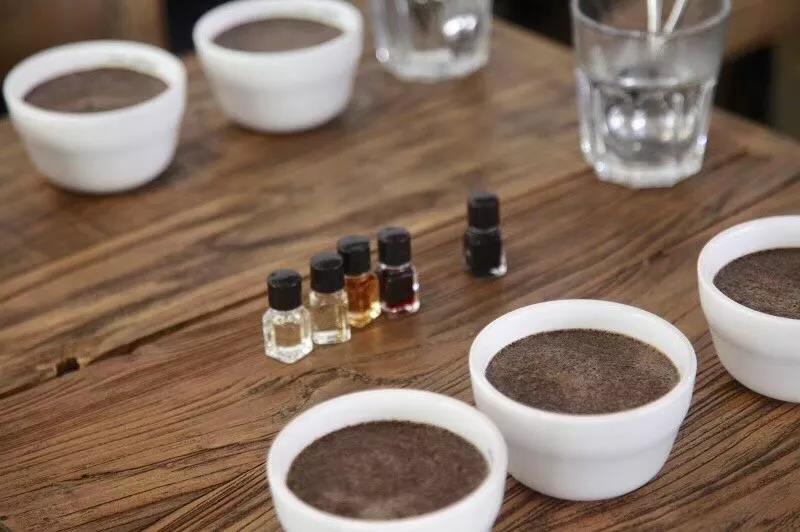
2 | attend professional sensory courses
Even those who have passed the "Q" exam still need to correct their senses regularly, because daily life and age will affect our senses, so it is very necessary to participate in professional sensory courses. The premise is that the correction institution has real materials rather than making money from the curriculum.
3 | drink more coffee
Whether it is a cup test or a daily test, a lot of practice is the only way for sensory formation, there are no shortcuts! After sensory training and correction, trying different kinds of coffee helps to form the "standard" in our mind, and this is also an important indicator of cup score-when you know a lot about the flavor characteristics of coffee from different producing areas and roasting degrees, and how many points they should get in the cup score, and form your own evaluation criteria. You can rate all the coffee you come into contact with for the first time.
Of course, everyone has different scores on the same coffee, so we should take more cup tests with others, and it is better for different people to participate, because participants in different environments will have different evaluations of the same coffee. In the later discussion session, we can learn from each other's strengths and offset each other's weaknesses.
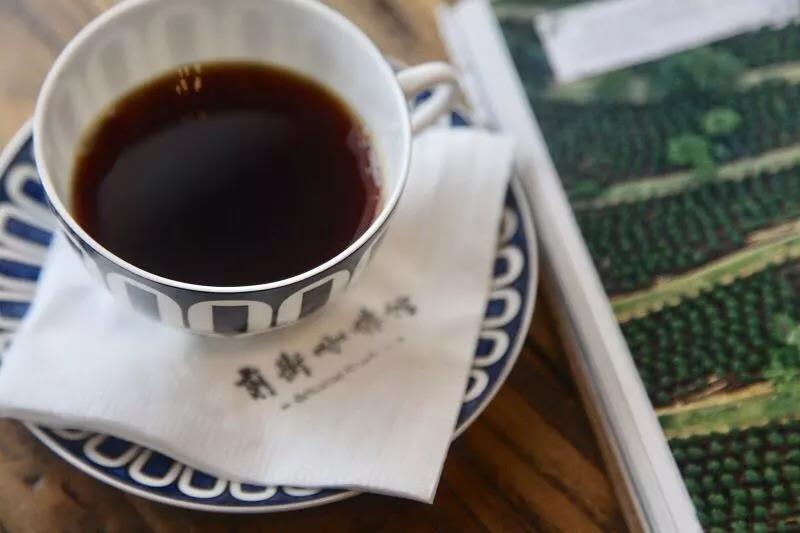
Important Notice :
前街咖啡 FrontStreet Coffee has moved to new addredd:
FrontStreet Coffee Address: 315,Donghua East Road,GuangZhou
Tel:020 38364473
- Prev

How to reduce the bitterness in Yega Xuefei? The correction method of strong or weak hand-brewed coffee
Generally speaking, the baking treatment of Yega is used to a medium to shallow degree. For the medium and shallow Yega, my preparation for brewing is generally medium grinding + a low water temperature of 89-90 degrees. During extraction, the following factors affect the taste of coffee: water temperature (water temperature when in contact with coffee powder) time (contact time between water and coffee powder)
- Next
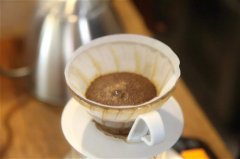
Why don't you go into the water when you are steaming? How should a novice master the gouache ratio?
/ / the problem is that you can't get into the water by injecting coffee with water and steaming. The editor tells you that this is the right operation! The function of steaming is to let the hot water slowly seep into the center of the coffee powder so that the substance in the coffee powder dissolves in the hot water first to form a high concentration of coffee liquid. In the second brewing, using the physical phenomenon of concentration, the high concentration (steamed coffee liquid) moves to the direction of low concentration (hot water).
Related
- What is the meaning of lactic acid fermentation with coffee bean treatment?
- How to judge the state of foam by sound?
- How does the latte pull out the unicorn pattern? Come to get for a little trick to improve the flower pull!
- Will flower pulling affect the taste of the latte?
- Do you know the history of coffee?
- The difference between honey treatment and sun washing what is raisin honey treatment?
- What kind of milk can a novice use to make coffee foam to keep the foam longer? The correct method and skills of milking tutorial sharing
- Why do washed coffee beans taste sour? Flavor characteristics of washed Coffee
- Introduction to the skill of how to practice the size and height of water injection around the circle of hand-brewed coffee
- How do beginners practice coffee flower drawing from scratch?

